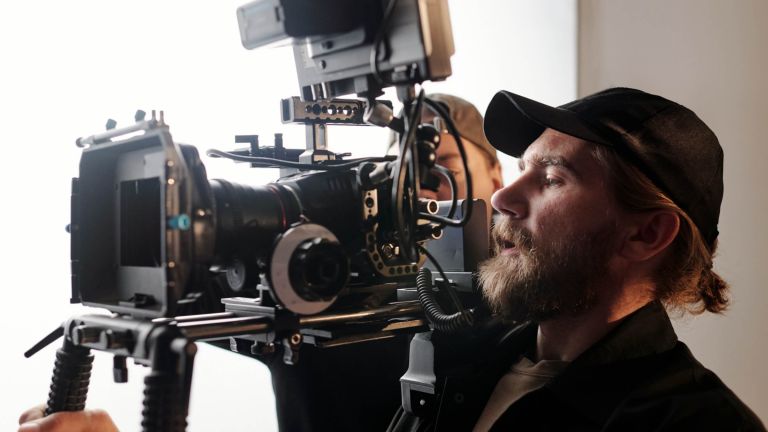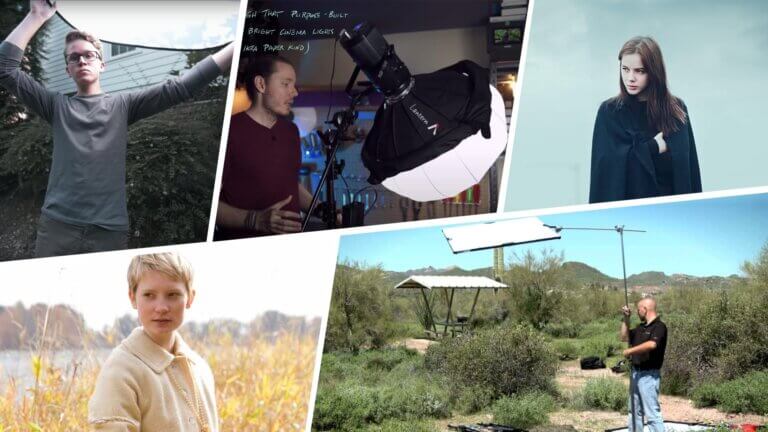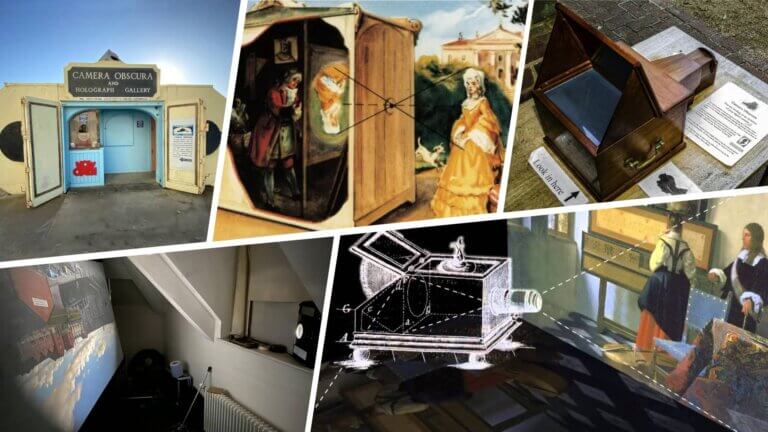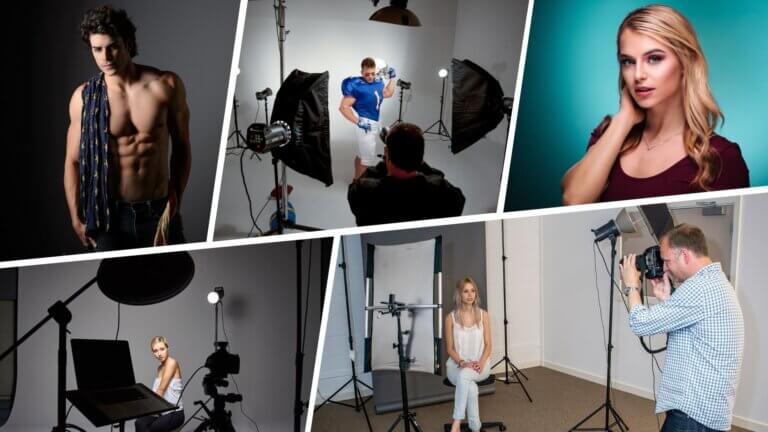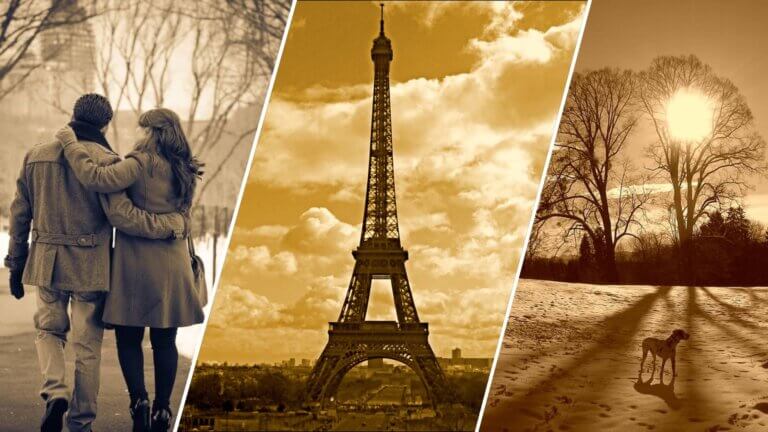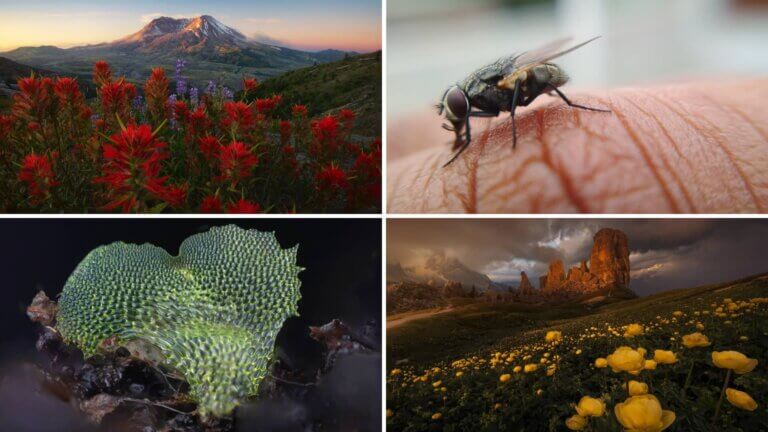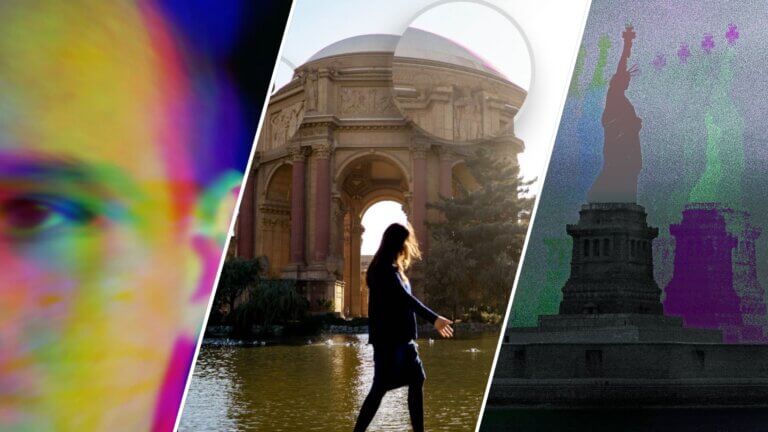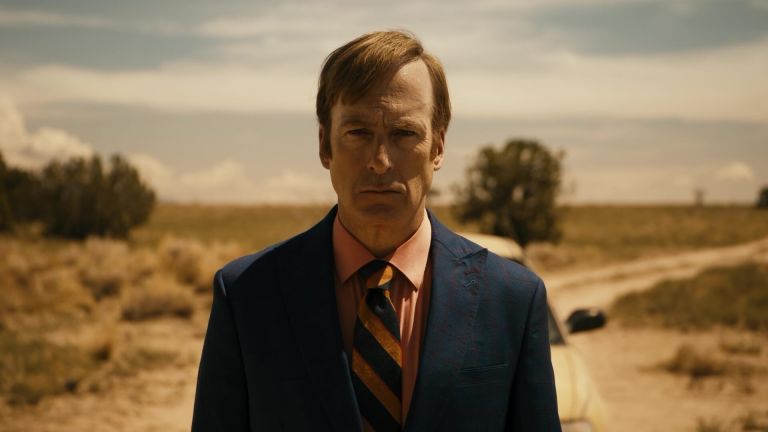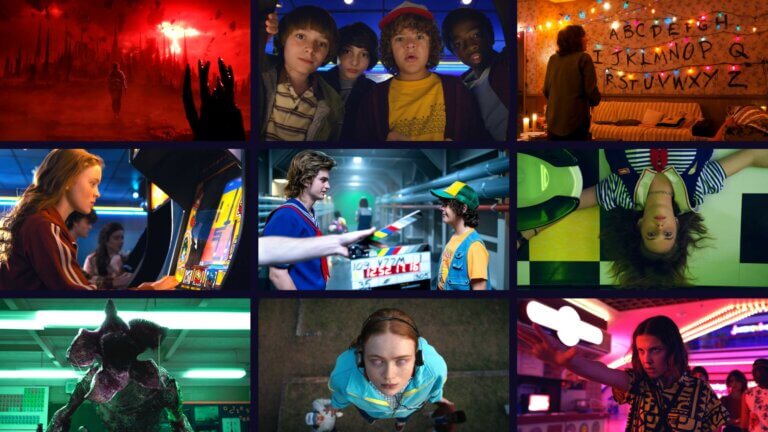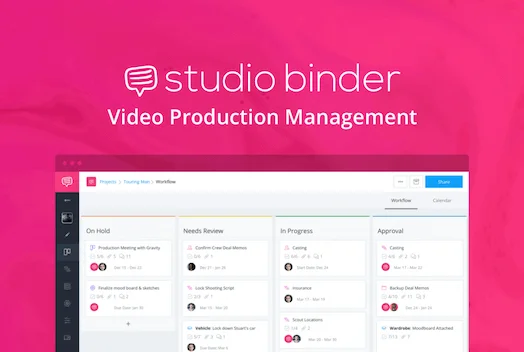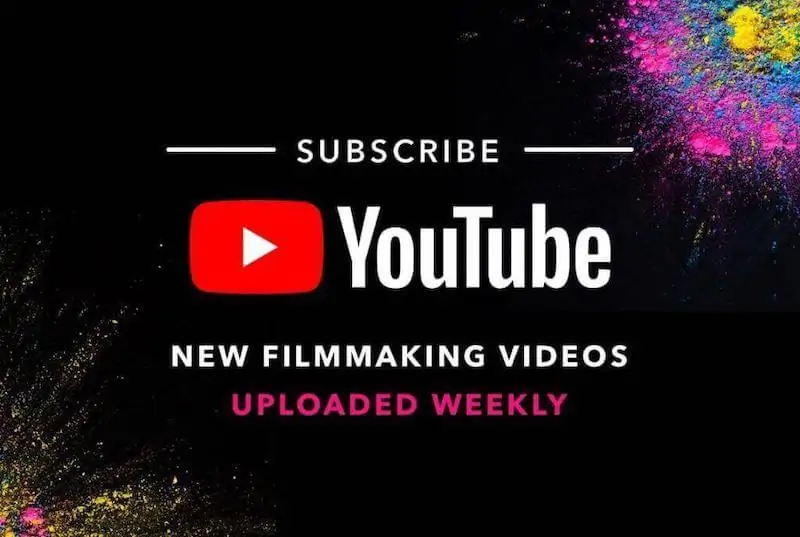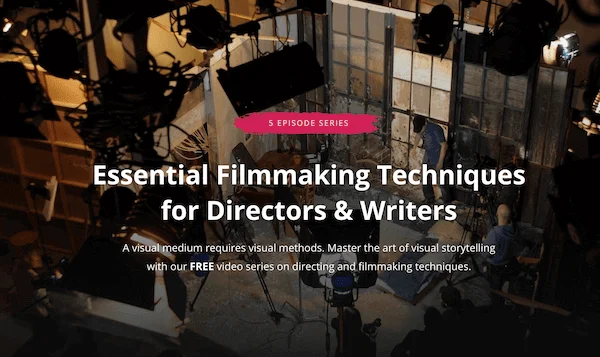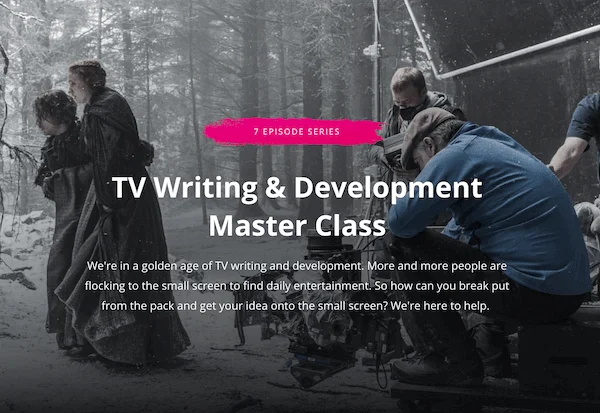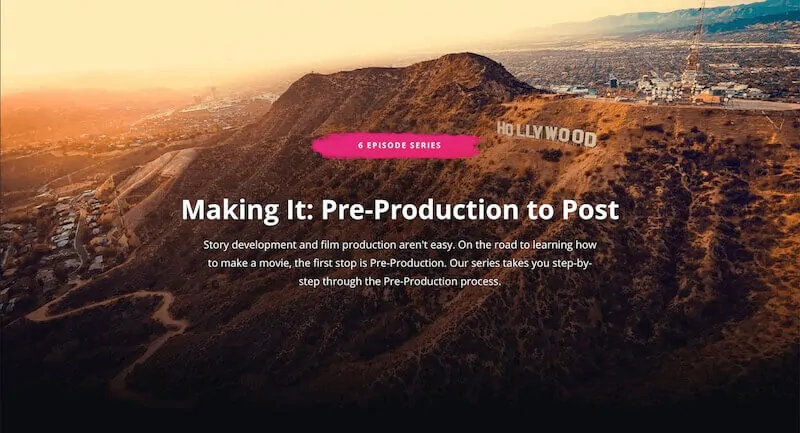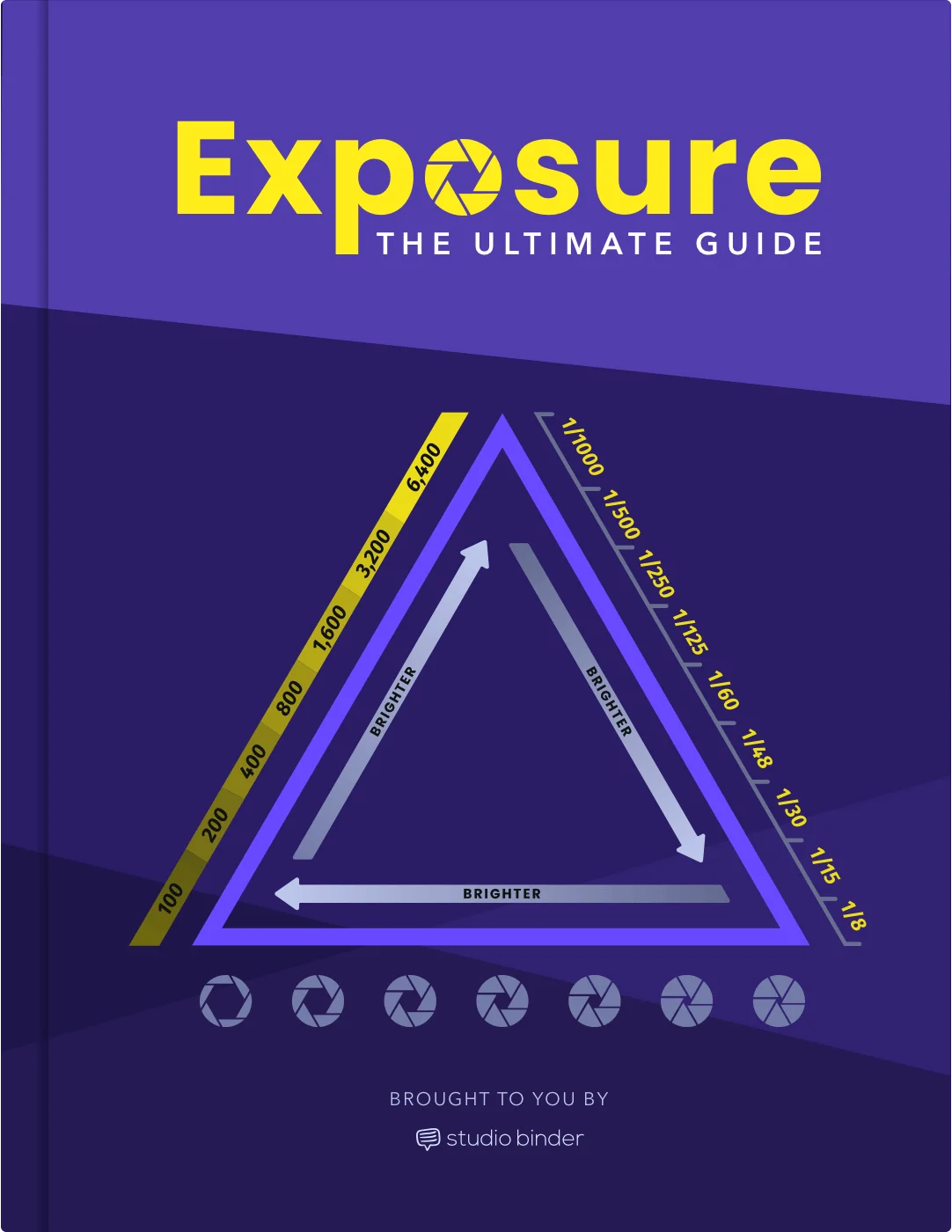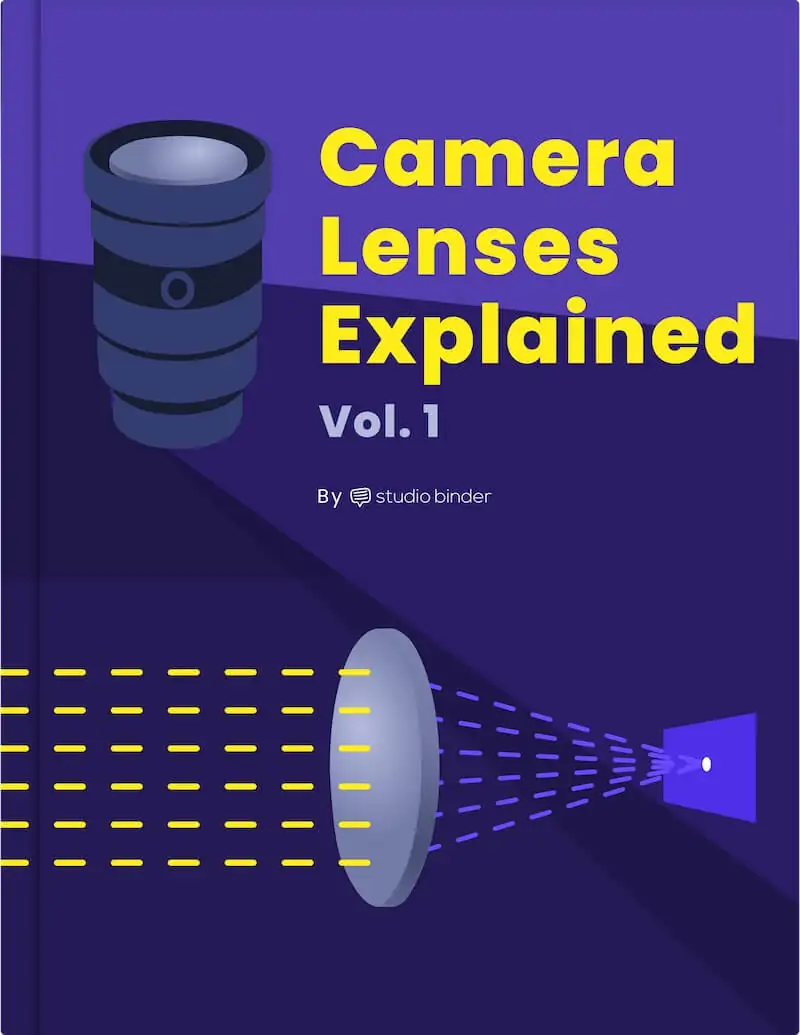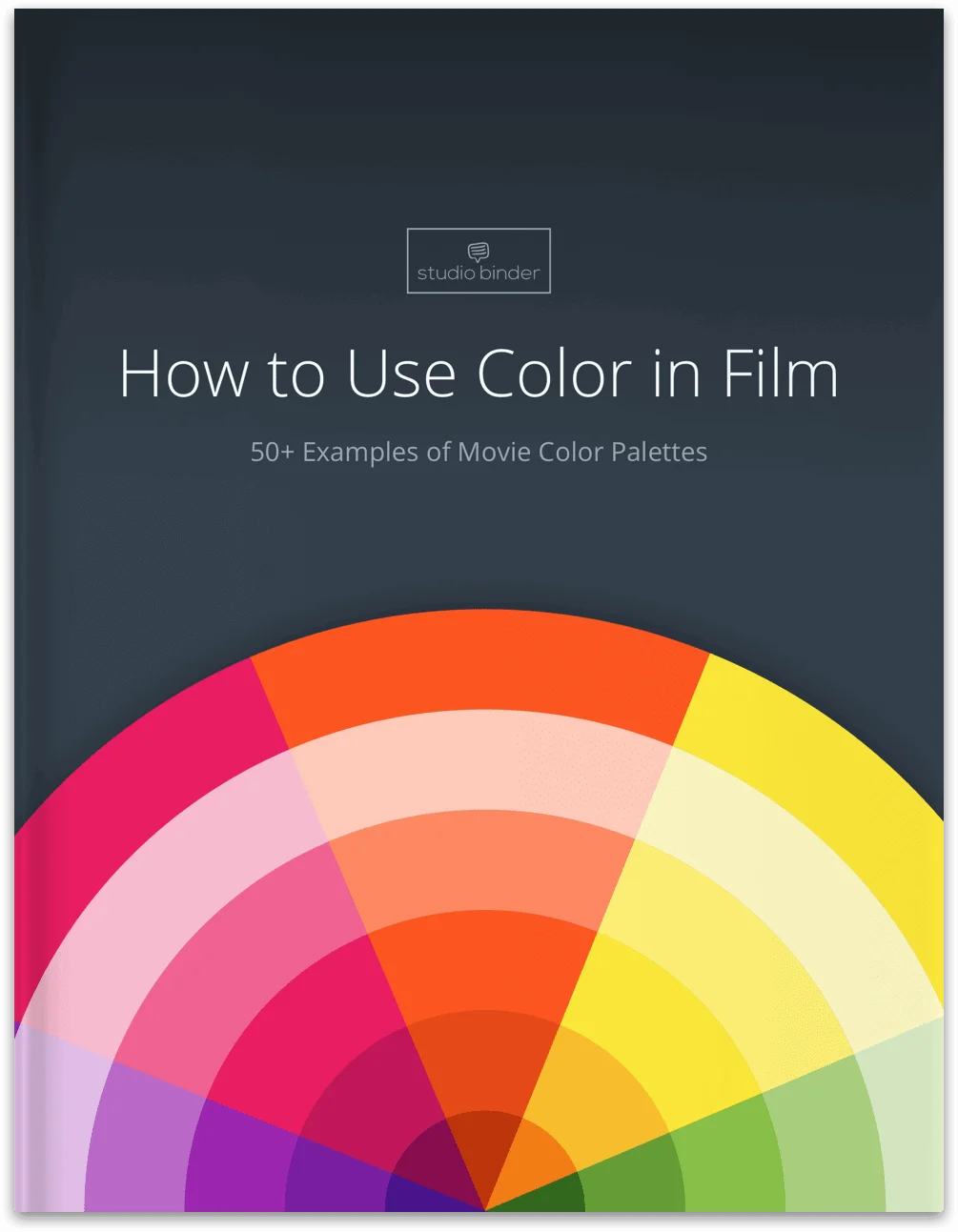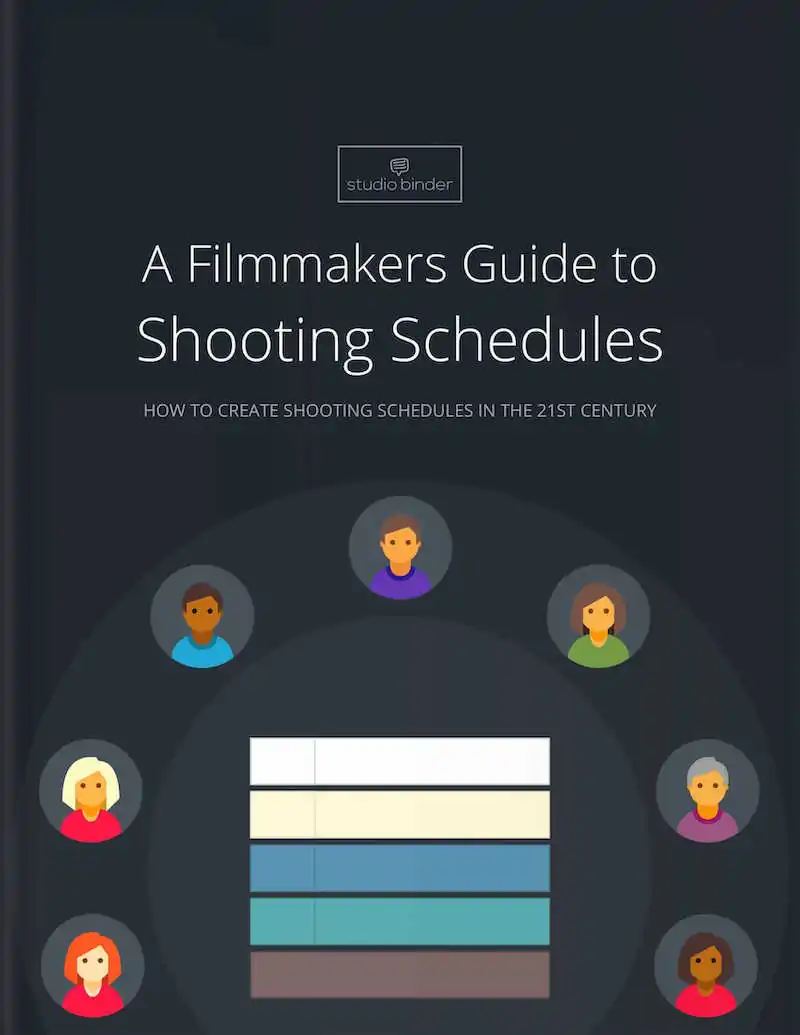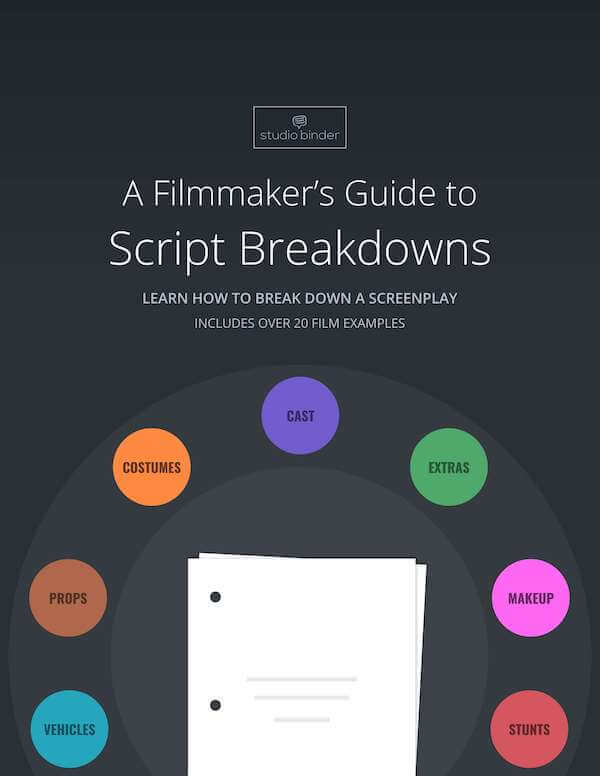The origins of cinema are rooted to the use of film cinematography — that is the use of film stock to record and project a movie. All of that changed, however, with the introduction of digital cinematography. What is digital cinematography and how does it compare to film? Let’s dive into digital film production. Continue reading What is Digital Cinematography — The Pros & Cons of Digital
Understanding the different qualities of light is important for any filmmaker to know. Each quality can enhance a story by providing a visual element that matches the style and tone of a film. One of the most fundamental qualities of light to understand is diffused light. From interviews to commercial work to films, knowing the effects of diffused light can make you a more versatile and well equipped filmmaker. Let’s find out why and how you can use diffused light in your next project. Continue reading What is Diffused Light — Types of Lighting in Photo & Film
If you’re an aspiring photographer or have been in the past you may have come across the question “What types of lights do I need?” While artificial light sources are incredibly useful tools, photographers can get by with a single type of light — natural light.With a solid understanding of how natural light works and how it can be used, it can undoubtedly become the only light you need for whatever type of photography you want to shoot. What is natural light in photography and how can you use it? In this article, we’ll dive into the characteristics of natural…
What is a camera obscura? When was the camera obscura invented and who invented it? Many of us have heard the term… but what does camera obscura mean? We’re going to answer those questions by exploring their history, from prehistory to the modern day. We’re also going to show you how to create your very own "dark room" at home! By the end, you’ll know what a camera obscura is and why it’s so important.Continue reading What is a Camera Obscura — Definition, Origin & How It Works
Taking a great portrait isn’t about having a quality camera and attractive subject. It’s not even about wardrobe or location. If you mess up the lighting in your portraits, post production won’t always be able to save you. How can you nail it each time? Whether you’re taking school pictures or are shooting athletes for an ad, knowing how to master portrait lighting setups will pay off big. Continue reading Portrait Lighting Setup Guide — 8 Ways to Shoot Great Portraits
Most people are familiar with sepia tone as one of the first Instagram filters that ever existed. It might make you reminiscent of your great grandma’s old photos or old Western films, but when the tone was first created, it was a fresh and new medium for photographers to work with. So what is sepia tone, how exactly is it created and how has its function in photography changed over time? Let’s take a look. Continue reading What is Sepia Tone Photography — How It Works & Why Use It
Have you ever seen an insanely detailed photograph where every portion of the photos is completely in focus? If you’re like most people you might wonder “How did they capture this?” Odds are that they created the remarkably sharp image using focus stacking. Focus stacking is used to shoot a diversity of subjects from landscapes, to products, to macro photography. What is focus stacking and how can you do it to create incredibly sharp photos? Learn the answers to both these questions and more in this article. Continue reading What is Focus Stacking — Examples & How to Stack Photos
Have you ever snapped a photo, been incredibly happy with the composition of it, the lighting! But suddenly you become overrun with dread to see red and blue color fringing around your subject? This, my friend, is chromatic aberration. In this article, we’ll take a look at the chromatic aberration definition as well as what causes chromatic aberration and how it can be avoided. Continue reading What is Chromatic Aberration — Types and Examples Explained
Better Call Saul is one of the most critically lauded shows on TV — and its cinematography is a big reason why. The Better Call Saul cinematography excels in just about every area: lighting, framing, focus, camera movement. You name it, BCS knocks it out of the park. We’re going to break down the Better Call Saul cinematography by looking at some key technical/creative strategies. By the end, you’ll know why the show's cinematography is considered masterclass.Continue reading Better Call Saul Cinematography — How Visuals Elevate Story
Stranger Things is one of the biggest shows in the world – and its cinematography is a big reason why. The Stranger Things cinematography shifts between expressive and reserved to impart visual tone that matches the narrative. We’re going to break down why the Stranger Things cinematography is successful by taking a look at a few key strategies, from camera choice to lighting to lenses. By the end, you’ll know why the Stranger Things cinematography works so well, and how it was achieved through technical expertise. Continue reading Stranger Things Cinematography Explained — Camera, Lighting & Lenses
